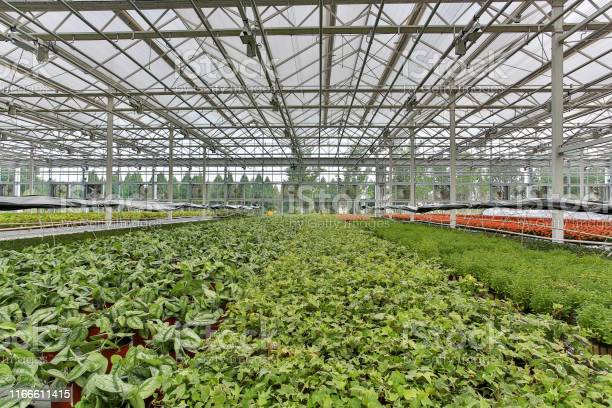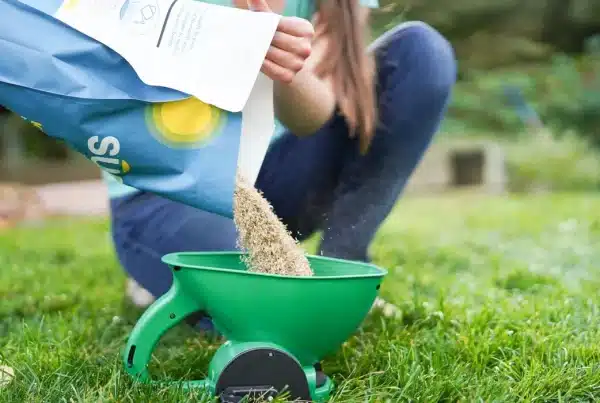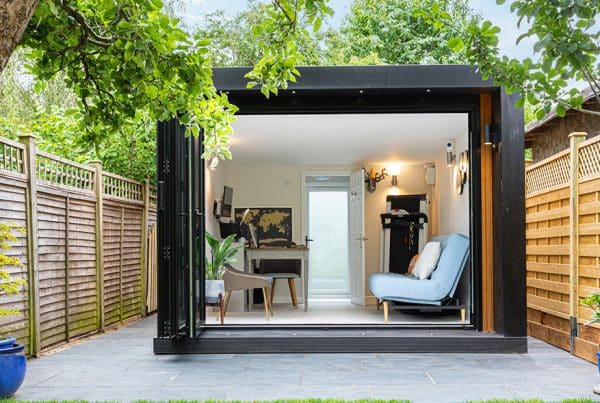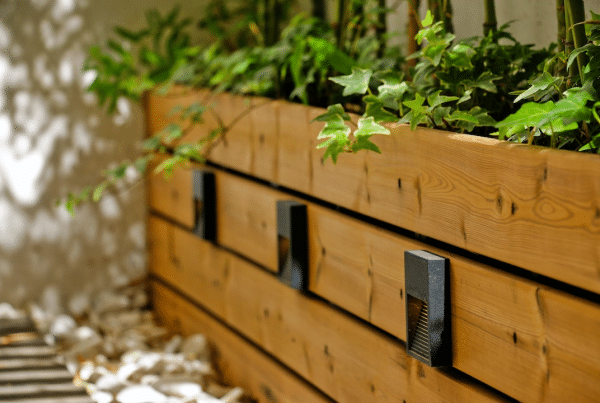Do you have a passion for gardening? On top of that, are you tired of constantly having to worry about protecting your grow from the weather, predators, pests, and disease? If you answered yes to both of these questions, then a greenhouse could be the right solution for your grow needs. Whether you work with a top greenhouse construction company or are looking to design and build one on your own, a greenhouse offers a range of benefits for your plants and your entire growing season.
But before you break ground on your greenhouse, there are specific things you need to know to save you time, money, and to ensure you end up with the right greenhouse for your specific needs. Here, we’re taking a closer look into the wonderful world of greenhouses and offering some tips on what you should know before you move in that first plant.
What is a Greenhouse?
First things first: what exactly is a greenhouse? These structures consist mostly of transparent materials used for the roof and walls. Generally, you’ll have glass for this as it easily allows for sunlight to enter your space. A greenhouse can vary widely in size, shape, and design. Some are small enough to fit in your backyard while others, like industrial sized greenhouses, can even take up acres of land.
The purpose of a greenhouse is pretty straightforward. These buildings allow for sunlight to enter the space, which gradually warms up the interior of the greenhouse. With a warmer environment, you can determine specific growing conditions and not worry about your own local weather outside.
A greenhouse provides ultimate protection for your plants, protecting them from cold temperatures, bad weather, fungi and bacteria, and even predators and pests. Greenhouses can be found throughout the world, but they are even more common in colder climates. With a greenhouse, you can create ideal growing conditions for your plants, produce, or herbs. Greenhouses are truly versatile and can be used by pretty much anyone, including multinational companies to your neighbor who simply has a passion for plants.
How Does a Greenhouse Work?
So, how does this process all work? At its foundation, a greenhouse works by allowing for sunlight to enter the interior of your space—this, of course, is why the transparent building materials are so key for your greenhouse construction. The sunlight enters your greenhouse and heat is then absorbed by plants in the interior of your greenhouse space. The darker the surface area, the more heat will be absorbed.
When heat is absorbed, the wavelength of the light energy is fundamentally changed. In this new wavelength, the heat can’t escape the greenhouse so it stays in the interior and radiates. This heat stays in the space and radiates throughout, effectively warming the entire interior. As long as you’re receiving sunlight throughout the day, your greenhouse will stay (and your plants) will stay warmer.
5 Things to Know Before You Begin
Like any other big project, you don’t want to jump right in with your greenhouse. Take your time to carefully plan and map out your greenhouse design before construction. Before you break any ground or even order your materials, take a look at some of these key details to consider before your greenhouse construction.
1. Length and width proportions:
Length and width are critical details to map out when you’re in the design phase of your greenhouse construction. Avoid a greenhouse that is shorter than it is wide because it won’t have as long of a window for receiving sunlight during the day.
2. Foundation:
A sturdy and solid foundation is essential for any building. While you can use various materials for your greenhouse construction, concrete piers or wooden posts seem to be two of the most common options. Since a greenhouse is lighter than many other buildings, the foundation can be more flexible in design.
3. Orientation:
Which direction will your greenhouse face? It’s all about where you live. In the United States (and northern hemisphere in general) you’re going to want a south-facing orientation to receive a maximum amount of direct sunlight. An east-facing orientation can also work well, but you also want to consider the set up of your property itself.
4. Roof slope:
Having the right angle for your roof slope is key to allow in sunlight and prevent snow and debris from piling up. If your roof is flat and continually gathers debris, leaves, and twigs, your greenhouse won’t be nearly as effective. Many greenhouses have a roof slop of roughly 4/12 to 6/12, meaning that the roof falls 4 or 6 inches for ever foot of total length.
5. Insulation:
To maintain that warmer environment, you’re going to need quality insulation for your greenhouse. You need to fully insulate the north and west facing walls or any other surface that does not have glazing on it. Foam insulation or insulated panels are both great options for your greenhouse.
Conclusion
Without a doubt, implementing a greenhouse can truly transform your growing operation. Whether you’re a full-scale grower or more of a hobbyist with a green thumb, a greenhouse can do so much for your crop. By allowing sunlight and heat into your grow area, a greenhouse traps heat to ensure ideal growing conditions for your plants. A greenhouse lets you have complete control over your growing conditions so you can grow what you want and extend your entire growing season.
But before you get started, there are some important things to consider. Before you begin selecting your plants, take time to carefully plan out your greenhouse construction. Consider the length and width proportions, the orientation to get the most sun, the foundation, and the angle of your roof slope. By planning out these key details in advance, you’ll have a smoother design and building process, and before you know it, it’s going to be time to start growing.








